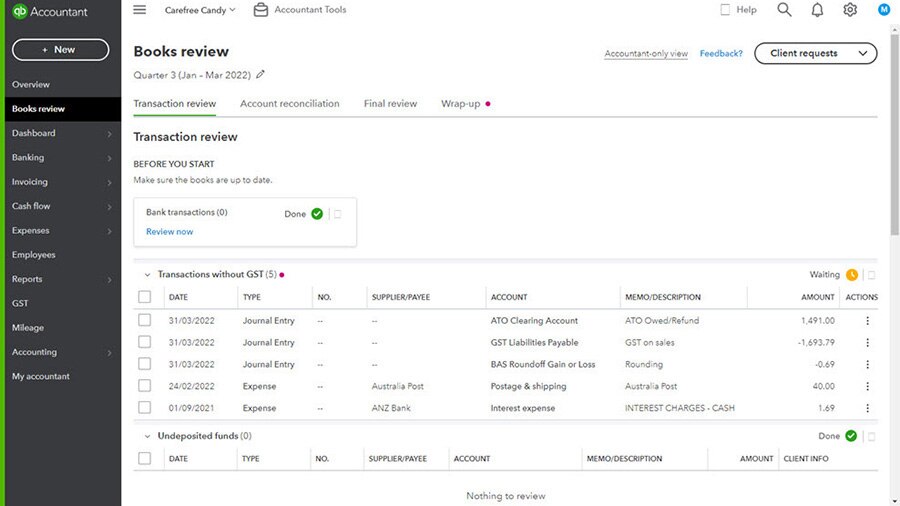Tips to avoid cybersecurity attacks
You don’t need a big IT department to boost your cybersecurity. Here, we’ll cover a few cybersecurity tips that can help keep your business protected and your data safe:
1. Create an incident response plan
An incident response plan outlines exactly how your business will respond if an attack occurs. This proactive approach minimises downtime and financial loss.
A good incident response plan should include:
- A clear chain of command and communication process.
- Steps for isolating affected systems.
- Contact information for IT specialists and insurers.
- Post-incident review and recovery measures.
By preparing ahead of time, your team can respond calmly and effectively to cybersecurity threats, so your business can get back to work quickly.
2. Back up data securely and regularly
Backups are a lifeline during ransomware attacks or data loss events. Storing copies of essential data offline or in a secure cloud environment ensures you can restore systems without paying a ransom.
To strengthen this approach:
- Use automated backups for critical files and systems.
- Test your backups regularly to confirm they’re working properly.
- Store at least one copy offline or in a separate location.
Regular, secure backups mean you’re never completely at the mercy of cybercriminals.
3. Keep software and systems up to date
Software updates often include important security patches. Ignoring them leaves doors open for attackers to exploit.
Small business owners should:
- Enable automatic updates on operating systems and software.
- Regularly review and patch all devices connected to the network.
- Replace unsupported or legacy systems that no longer receive updates.
Staying up to date is one of the simplest, most effective cybersecurity solutions available.
4. Train employees to spot phishing and scams
Your employees are your first line of defence. Training them to identify phishing emails, suspicious links, and fake login pages can dramatically reduce the risk of cyber criminal success. Regular refresher sessions (even short ones) help keep cybersecurity solutions at front of mind.
Here are some tips for training your team:
- Include real-life examples of phishing attempts.
- Encourage staff to verify unexpected requests before acting.
- Reinforce that it’s okay to ask for help when something seems off.
- Follow cybersecurity news regularly. It’ll help you spot new scams and attack methods before they reach your business.
5. Strengthen passwords and use multi-factor authentication (MFA)
Weak or reused passwords are one of the biggest security gaps for businesses. Encourage strong passwords and enable MFA to add an extra layer of protection.
For best results:
- Use a password manager to create and store complex passwords.
- Require staff to change their passwords every few months.
- Enable MFA on all business accounts and platforms.
MFA ensures that even if a password is stolen, hackers can’t easily gain access.



















